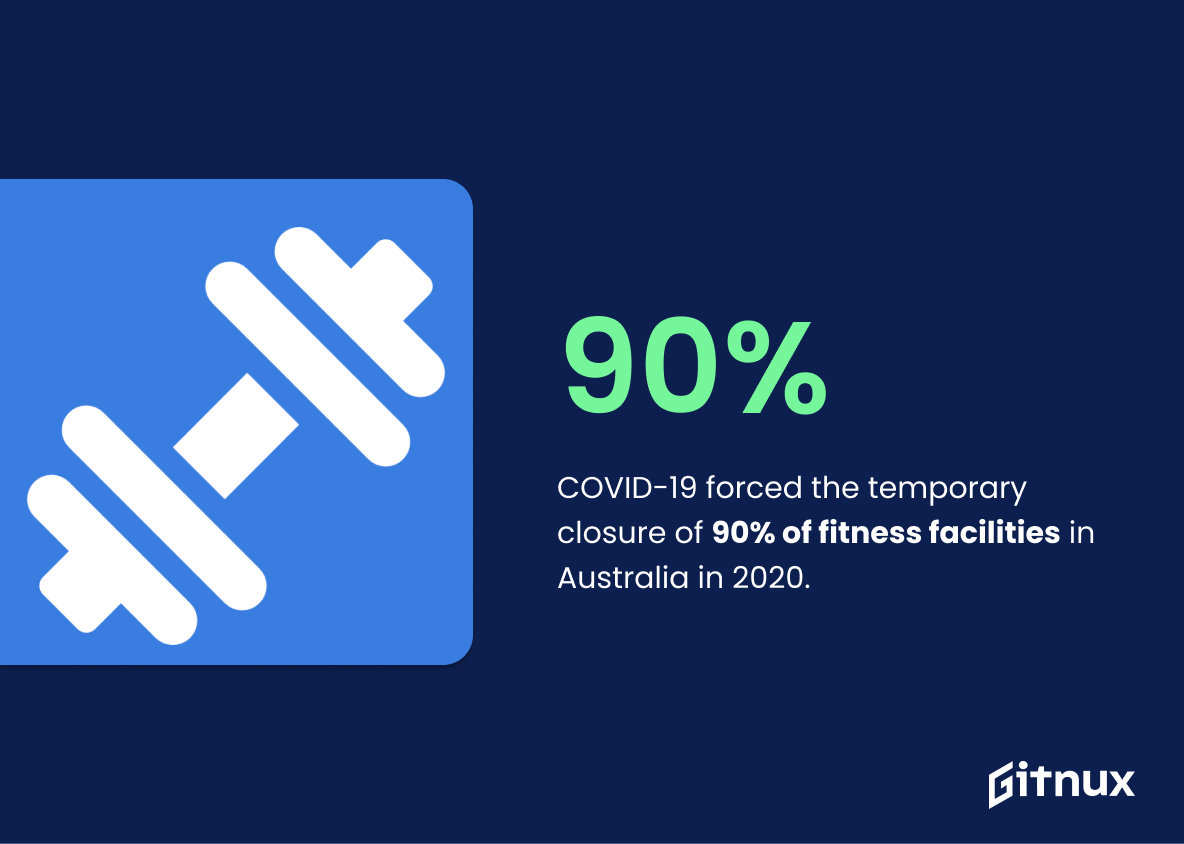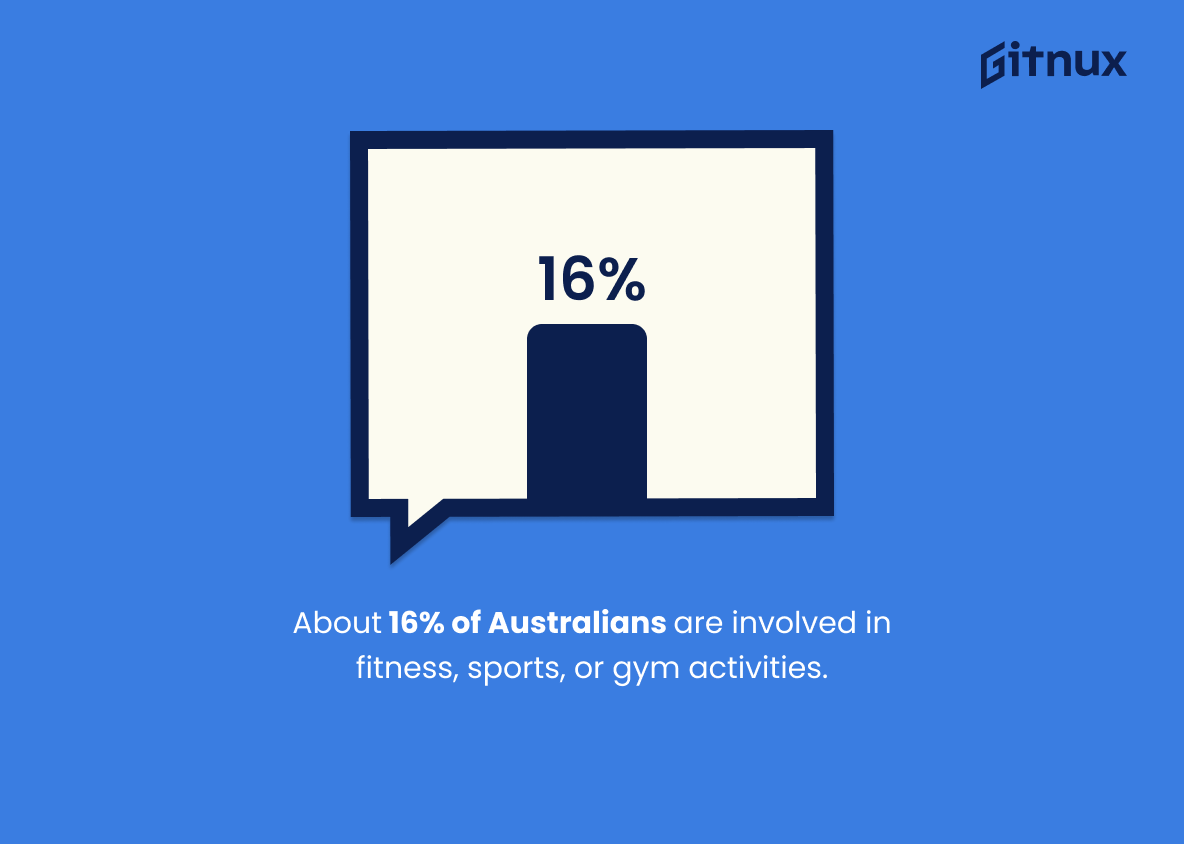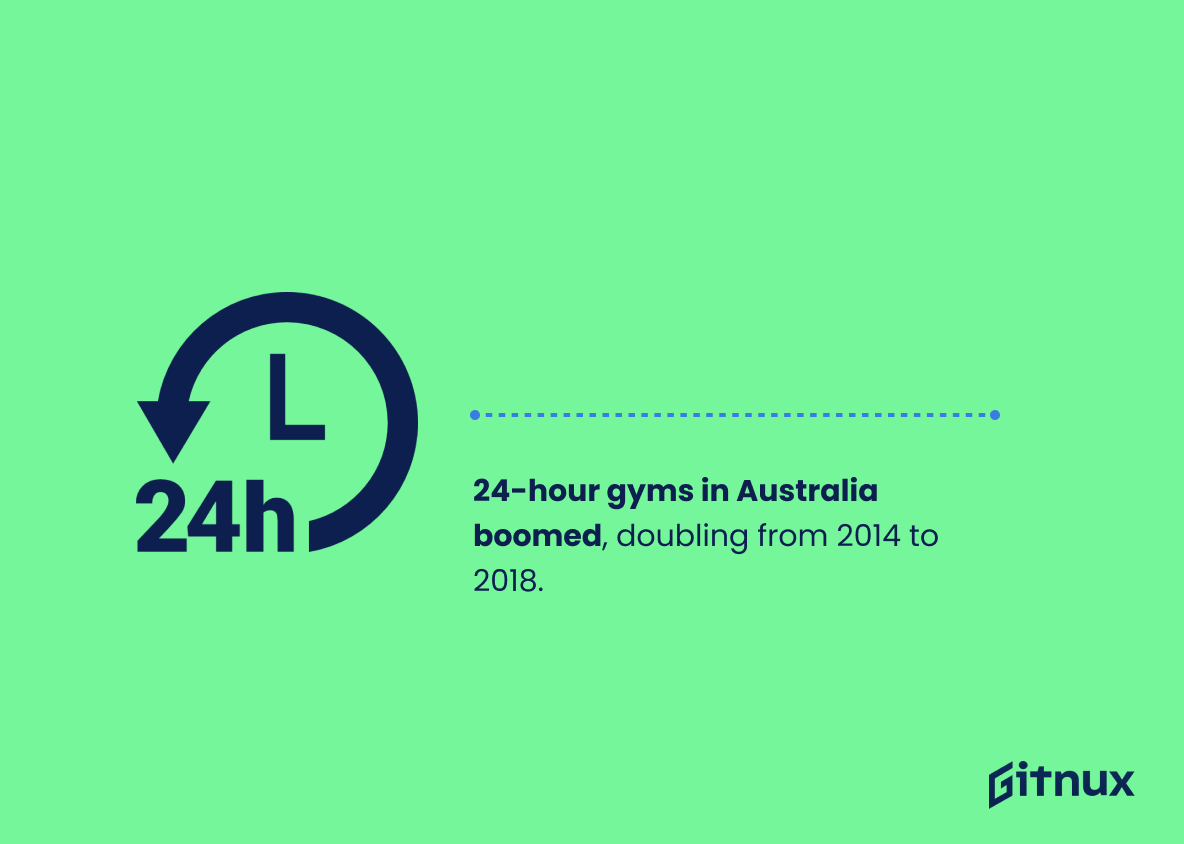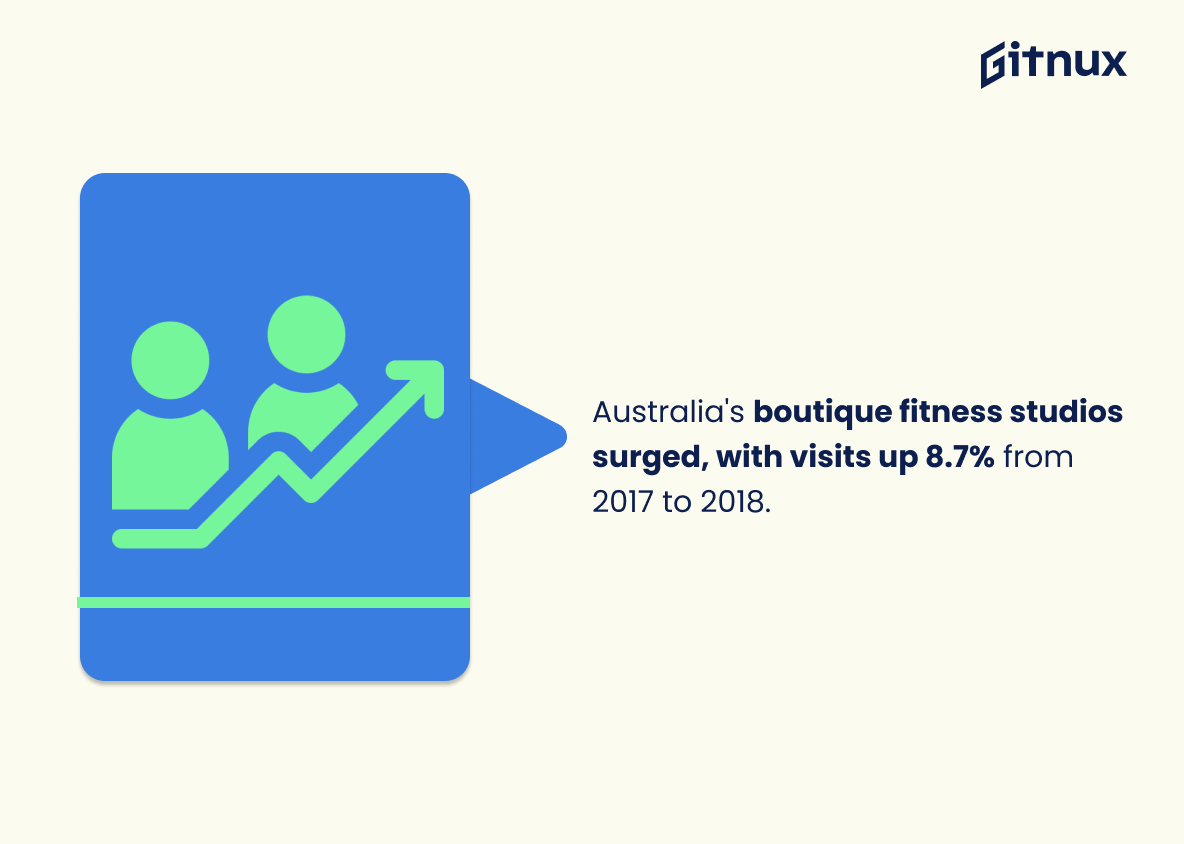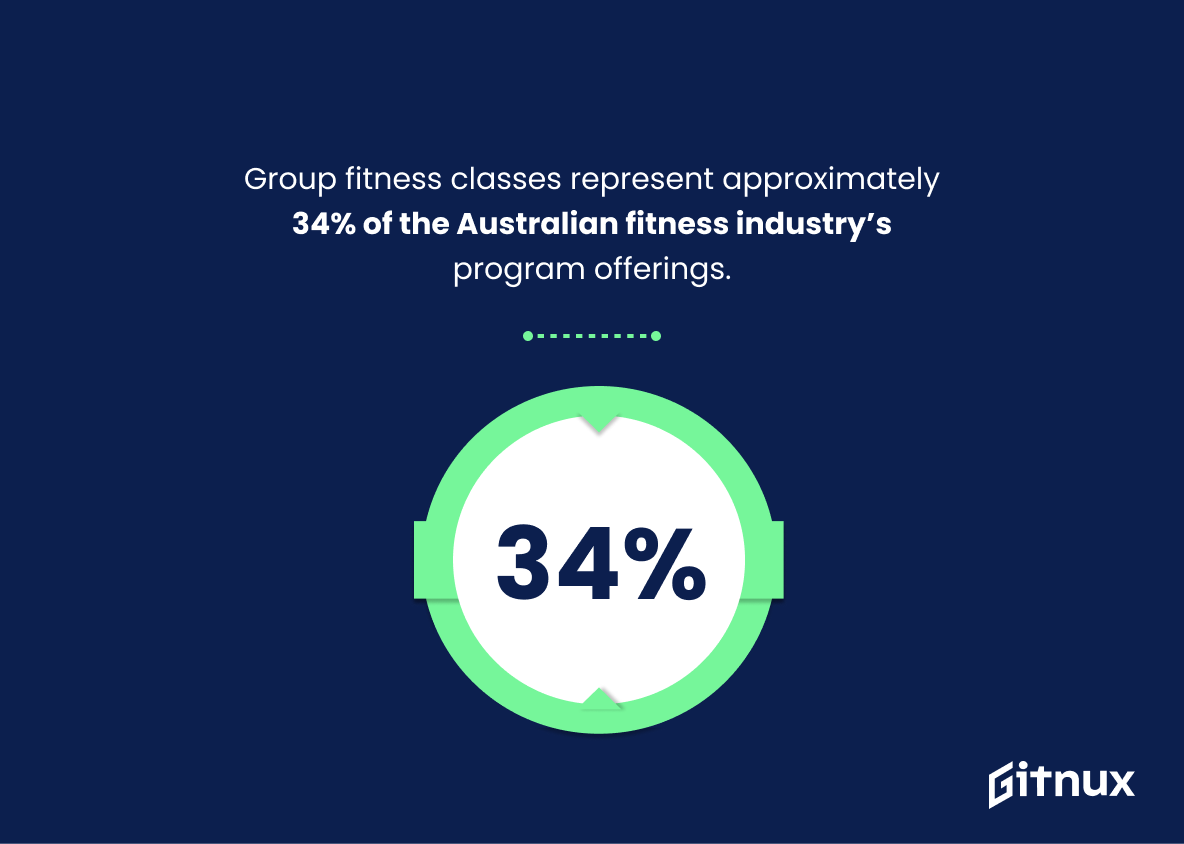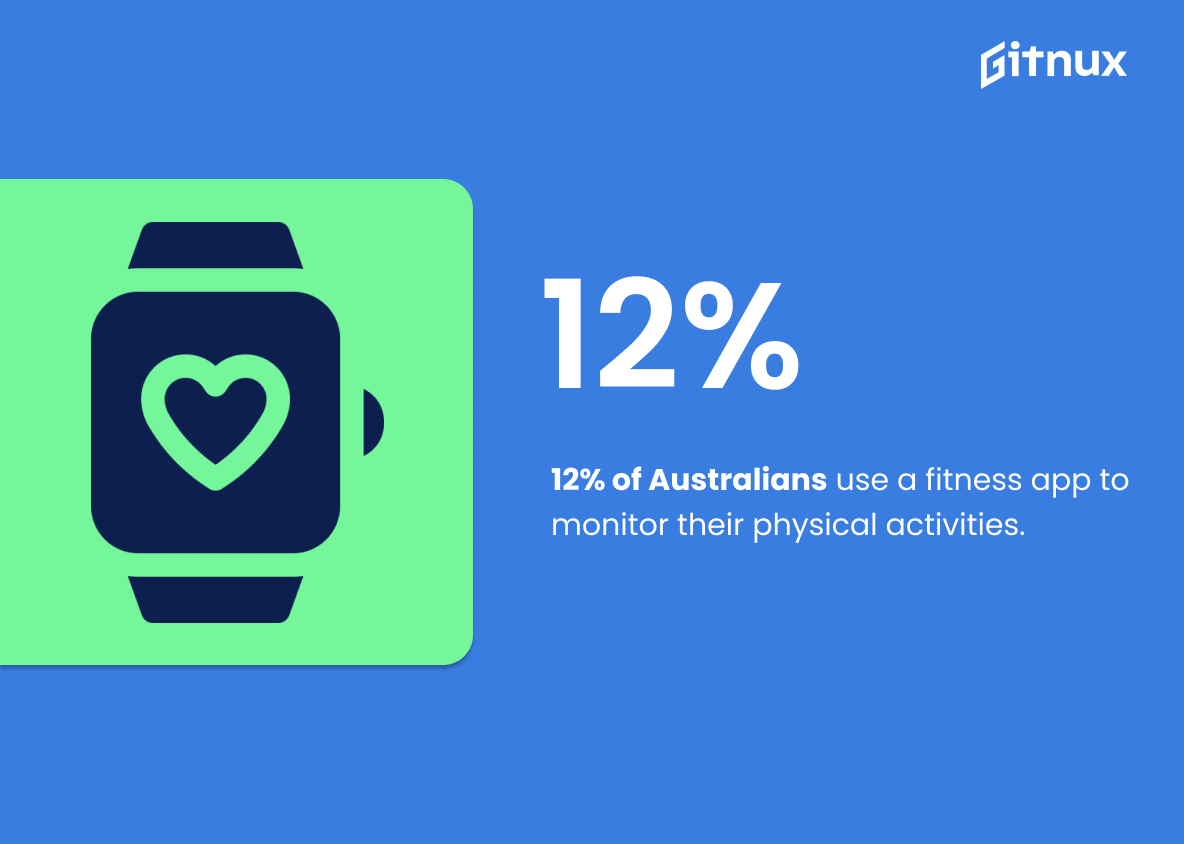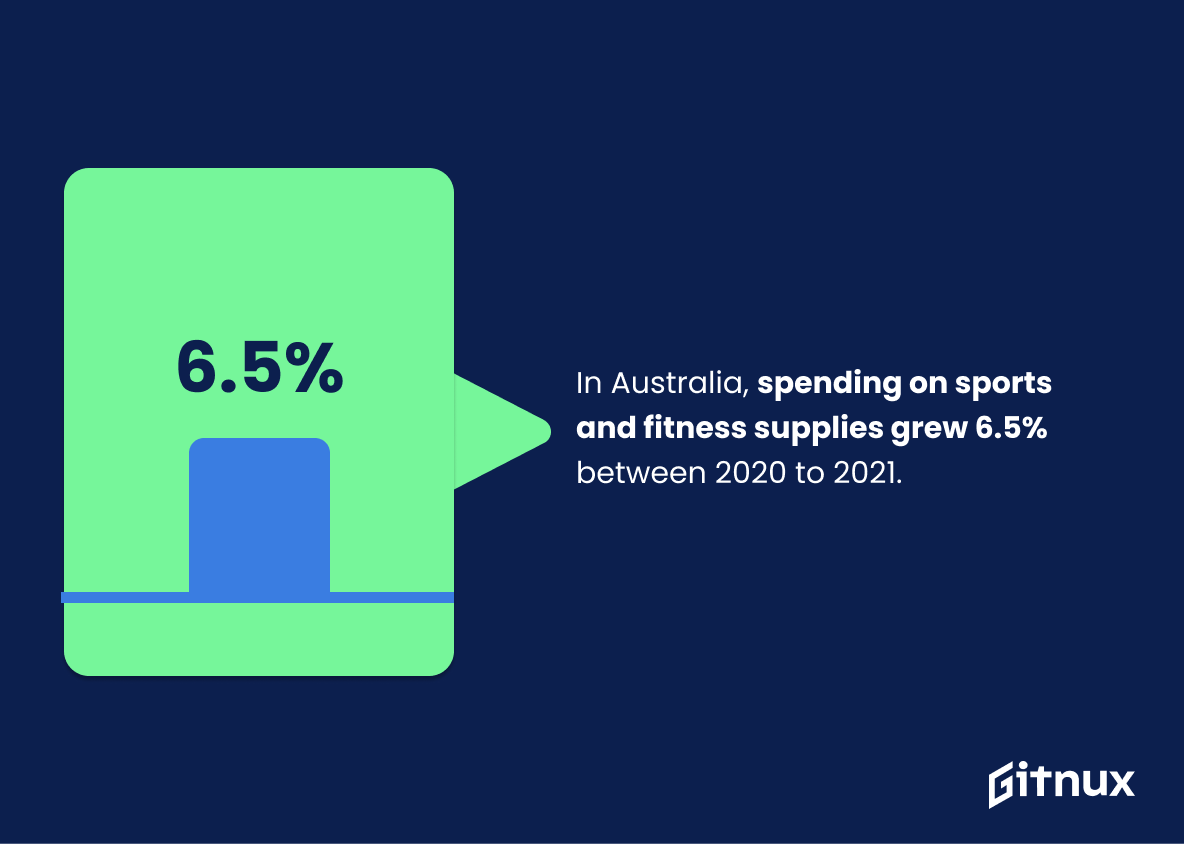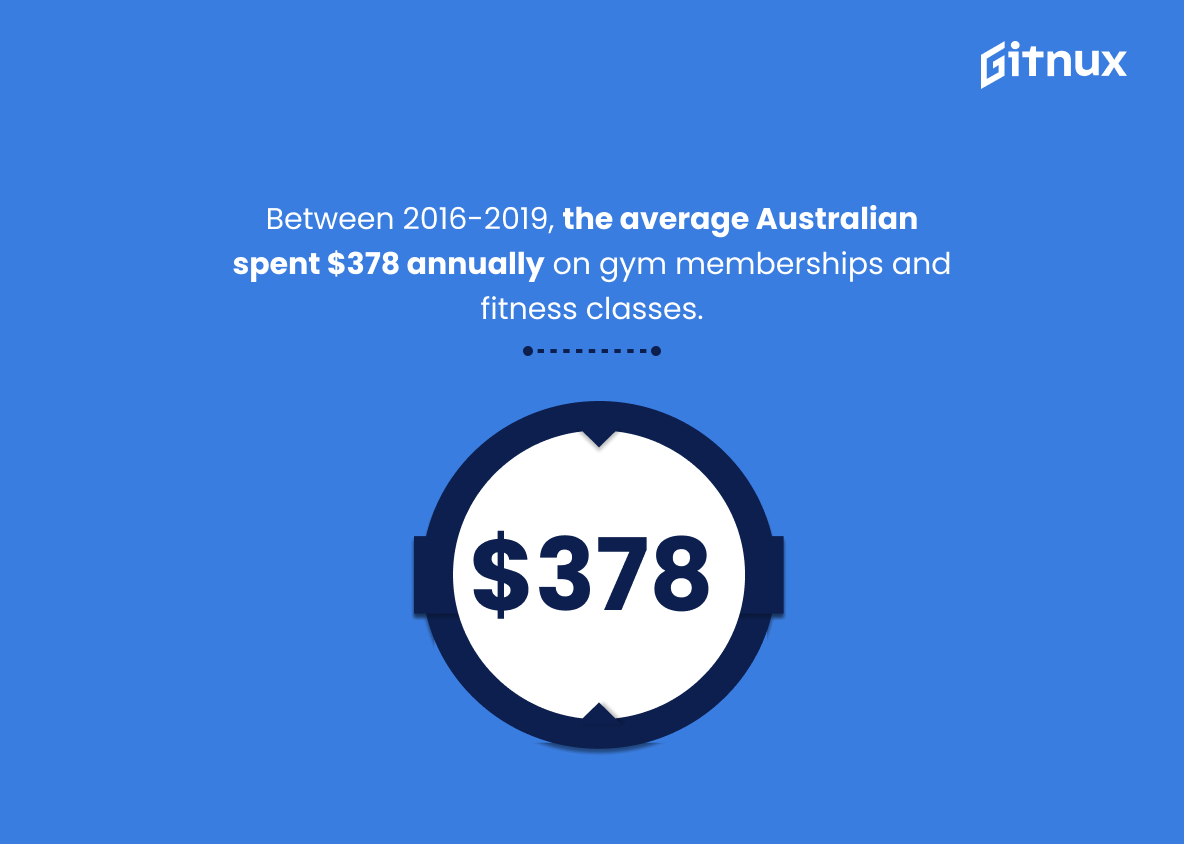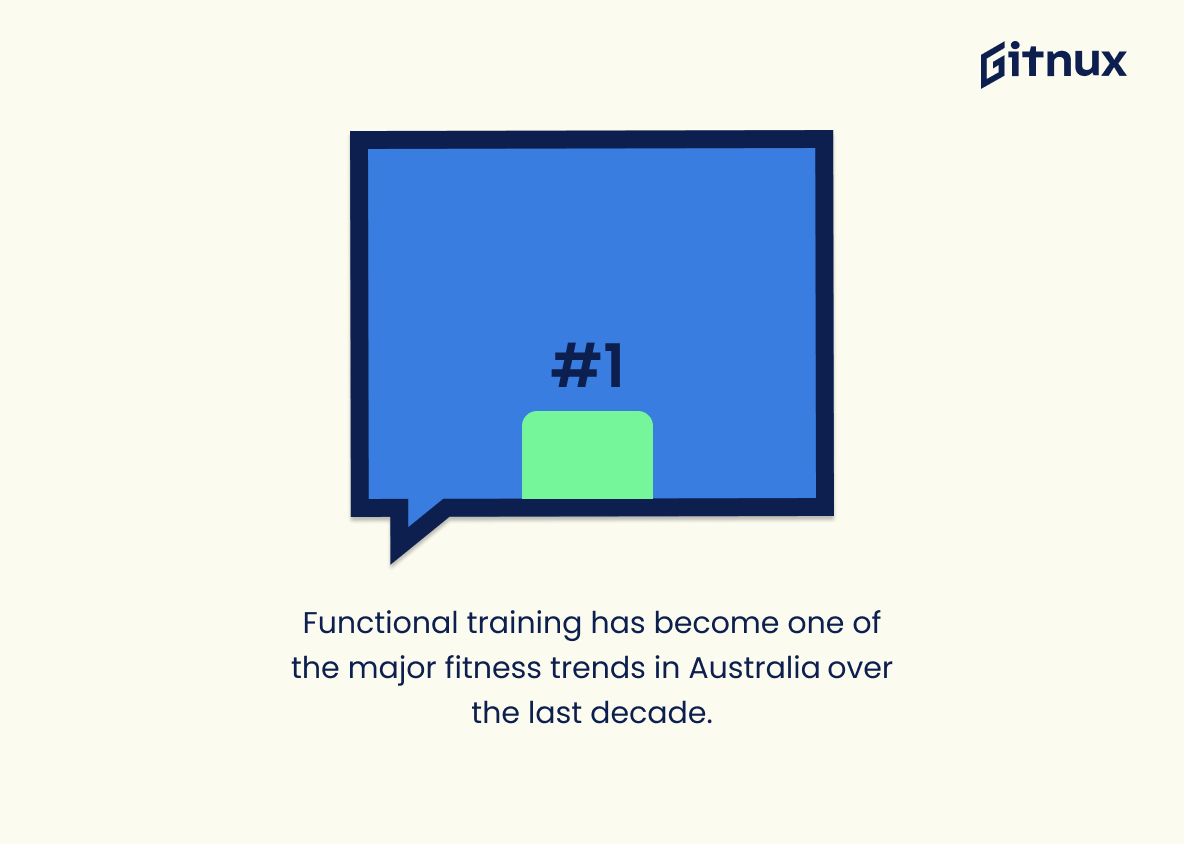The Australian fitness industry is a booming sector that has seen significant growth over the past few years. According to recent statistics, the industry generates more than $3 billion in revenue annually and employs over 35,000 people. There are currently more than 6,400 fitness centers and gyms across Australia with 5.6% of adults having a gym membership as of 2021. The sector has experienced an 8.8% annual growth rate from 2016 to 2021 despite being forced into temporary closure due to COVID-19 in 2020 when 90% of facilities were closed down for some time period.
Approximately 16% of Australians engage in some type or form of physical activity such as sports or gym related activities while 24-hour gyms have doubled since 2014 according to Deloitte’s Sports & Fitness Industry report 2018/2019 edition . Boutique fitness studios have also been on the rise with an 8.7 % increase between 2017 -2018 alone according to Fitness Australia’s KEEP ME SAFE Report 2019 Edition . Female consumers account for more than half (51%)of total memberships within this market segment which is driving its current growth trend along with 79 percent making use social media platforms like Facebook , Instagram etc.. Group classes represent 34 percent program offerings while 12 percent make use apps track their progress and 38percent spend money on sportswear equipment each year respectively . Functional training has become one major trends last decade too. In fact ,the Australian fitness industry ranked among top ten largest industries worldwide back 2018 .
This statistic is a testament to the booming Australian fitness sector, highlighting the impressive 8.8% annual growth rate from 2016 to 2021. It is a clear indication that the industry is thriving and is a great sign for those looking to invest in the sector. This statistic is also a great indicator of the health and wellness trend that is sweeping the nation, as more and more Australians are looking to stay fit and healthy.
In 2021, 5.6% of Australian adults have a gym membership.
This statistic is a telling indication of the current state of the Australian fitness industry. It reveals that despite the challenges of the pandemic, the industry is still able to attract a significant portion of the population to its services. This statistic is a testament to the resilience of the industry and its ability to adapt to changing circumstances.
Australian Fitness Industry Statistics Overview
COVID-19 forced the temporary closure of 90% of fitness facilities in Australia in 2020.
This statistic is a stark reminder of the impact that COVID-19 has had on the Australian fitness industry. It highlights the immense disruption that the pandemic has caused, with the majority of fitness facilities being forced to close their doors temporarily. This statistic serves as a reminder of the importance of the fitness industry to the Australian economy and the need for continued support and investment in the sector.
Approximately 16% of the Australian population is engaged in some type of fitness, sports, or gym-related activities.
This statistic is a telling indication of the importance of fitness, sports, and gym-related activities in Australia. It shows that a significant portion of the population is actively engaged in these activities, which speaks to the popularity of the fitness industry in the country. This is an important factor to consider when discussing the Australian fitness industry, as it provides insight into the size and scope of the industry.
In Australia, 24-hour gyms have experienced explosive growth, with the number of 24-hour clubs more than doubling from 2014 to 2018.
This statistic is indicative of the growing popularity of 24-hour gyms in Australia, demonstrating the increasing demand for convenient and accessible fitness options. It is a clear indication that the Australian fitness industry is thriving, and that more and more people are taking advantage of the convenience of 24-hour gyms. This is an important statistic to consider when discussing the Australian fitness industry, as it provides insight into the current trends and preferences of the Australian fitness market.
The boutique fitness studio market is experiencing significant growth in Australia, with an 8.7% rise in boutique fitness studio visits from 2017 to 2018.
This statistic is indicative of the booming Australian fitness industry, demonstrating the increasing popularity of boutique fitness studios. It is a testament to the growing demand for specialized fitness services, and provides insight into the current trends in the industry. This information is invaluable for anyone looking to gain a better understanding of the Australian fitness industry, and is an important piece of the puzzle when it comes to understanding the overall health of the industry.
Group fitness classes represent approximately 34% of the Australian fitness industry’s program offerings.
This statistic is indicative of the fact that the Australian fitness industry is heavily invested in providing group fitness classes, which is a testament to the popularity of these classes among Australians. It also speaks to the industry’s commitment to providing a wide range of fitness options to its customers, which is essential for the industry’s continued success.
12% of Australians use a fitness app to monitor their physical activities.
This statistic is a telling indication of the growing popularity of fitness apps among Australians, demonstrating the potential for businesses in the fitness industry to capitalize on this trend. It also highlights the importance of technology in the fitness industry, as more and more Australians are turning to digital solutions to track their physical activities.
In 2018, the Australian fitness industry ranked among the top ten largest fitness industries worldwide.
This statistic is a testament to the success of the Australian fitness industry, highlighting its place among the world’s most successful fitness industries. It is a powerful indicator of the industry’s growth and potential, and serves as a reminder of the importance of staying active and healthy in Australia. This statistic is an important part of any discussion about the Australian fitness industry, and is a great way to start a blog post about the industry’s statistics.
“Active wear” clothing in Australia generates more than $2 billion in annual retail sales.
This statistic is a testament to the immense popularity of activewear in Australia, demonstrating the strength of the fitness industry in the country. It is indicative of the fact that Australians are increasingly prioritizing their health and wellbeing, and are investing in clothing that allows them to do so. This statistic is a key indicator of the health of the Australian fitness industry, and is an important factor to consider when discussing the industry’s overall performance.
In Australia, spending on sports and fitness supplies grew 6.5% between 2020 to 2021.
This statistic is a testament to the growing popularity of sports and fitness supplies in Australia. It shows that Australians are increasingly investing in the necessary equipment to stay fit and healthy, which is a positive sign for the Australian fitness industry. This statistic is indicative of the growing demand for fitness-related products and services, and is a key indicator of the industry’s success.
Between 2016-2019, the average Australian spent $378 annually on gym memberships and fitness classes.
This statistic is a telling indication of the Australian public’s commitment to health and fitness, highlighting the importance of the fitness industry in the country. It demonstrates the willingness of Australians to invest in their physical wellbeing, and the potential for growth in the industry. It is an important piece of information for anyone looking to gain insight into the Australian fitness industry.
In 2019, 38% of Australians spent money on sports and fitness equipment.
This statistic is a telling indication of the popularity of sports and fitness activities in Australia. It shows that a significant portion of the population is actively investing in the necessary equipment to pursue these activities, which is a strong indication of the health and wellness trend that is sweeping the nation. This statistic is an important piece of information for anyone looking to gain insight into the Australian fitness industry.
Functional training has become one of the major fitness trends in Australia over the last decade.
This statistic is indicative of the changing landscape of the Australian fitness industry. It speaks to the growing popularity of functional training, which has become a major trend in the country over the last decade. This shift in focus has had a significant impact on the industry, as more and more people are turning to functional training to achieve their fitness goals. As such, this statistic is an important indicator of the current state of the Australian fitness industry.
Conclusion
The Australian fitness industry is a booming sector that has experienced significant growth over the past few years. It generates more than $3 billion in revenue annually, employs over 35,000 people and there are currently more than 6,400 fitness centers and gyms across Australia. The sector has seen an 8.8% annual growth rate from 2016 to 2021 with 5.6% of adults having gym memberships as of 2021. Despite the temporary closure of 90% of facilities due to COVID-19 in 2020, Australians remain engaged in some type of fitness activity with 16% participating regularly while 24-hour gyms have doubled since 2014 and boutique studios have grown by 8%. Female consumers account for more than half total memberships while 79% make use social media platforms for better engagement with their customers and 12 % attend group classes on average each year . Additionally , 38 % spent money on sports equipment , 2 million used personal trainers & 13 % monitored physical activities through apps . Furthermore , active wear clothing generated $2 billion retail sales & functional training became one major trend during last decade . All these statistics demonstrate how strong the Australian Fitness Industry is today despite its challenges posed by Covid 19 pandemic which makes it clear that this industry will continue to grow even further into the future
References
0. – https://www.globalwellnessinstitute.org
1. – https://www.news.com.au
2. – https://www.aussiebodies.com.au
3. – https://www.ibisworld.com
4. – https://www.fitnessaustralia.com.au
5. – https://www.ironedge.com.au
6. – https://www.easycompanies.com.au
7. – https://www.businessinsider.com.au
8. – https://www.smartcompany.com.au
9. – https://www.deloitte.com
10. – https://www.statista.com
